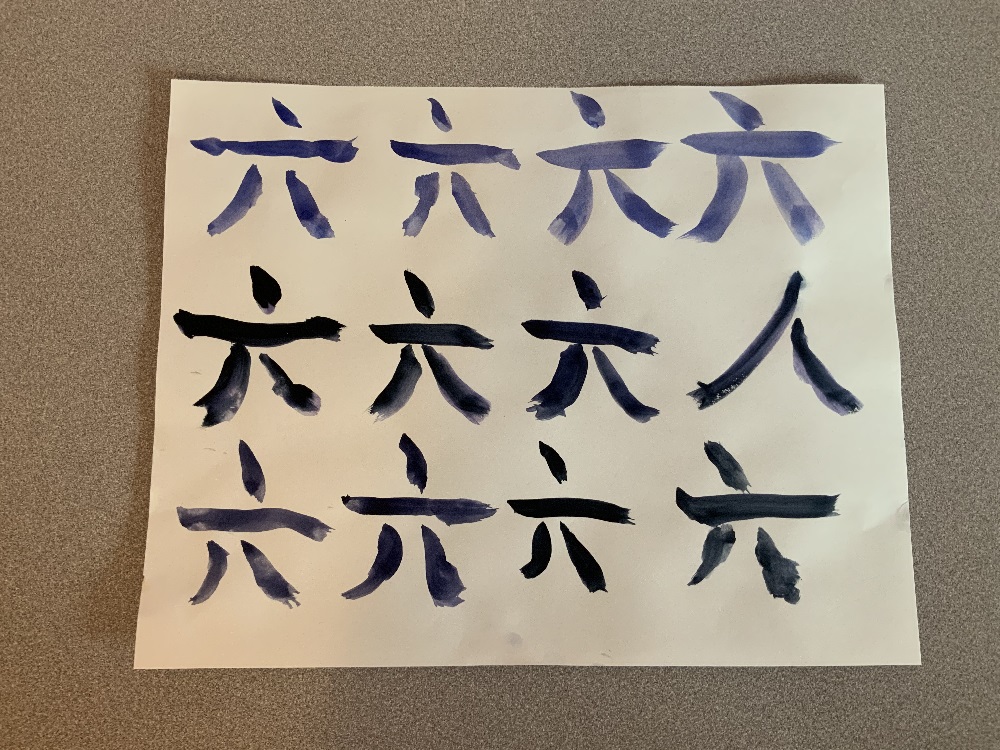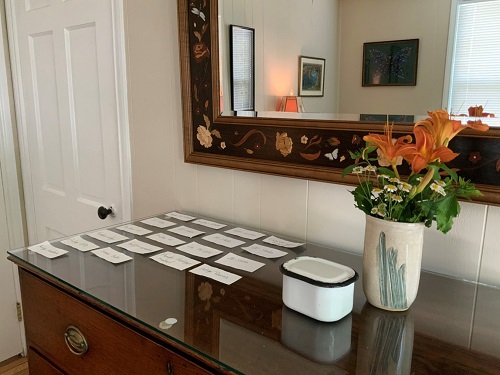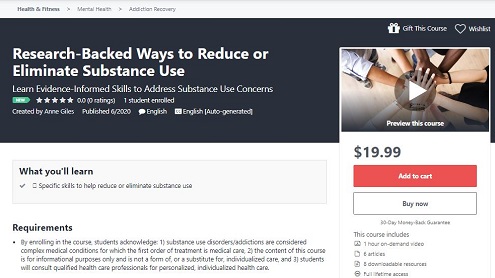How can spoken Mandarin Chinese be learned in a pandemic?
“Not as well, perhaps, as when there is no pandemic.”
I felt so heartened and understood by Ralph Lake in his answer to my question on Quora.

Virginia began quarantining in mid-March, 2020. By late March, The Washington Post and other news media were suggesting using the long hours of quarantine to learn a second language. I studied Chinese history at Virginia Tech as an undergraduate and took a semester of Mandarin Chinese at the University of Connecticut in 1981. I decided to return to my studies.
For people who could no longer access counseling services for substance use concerns during lockdown, I created a no-fee, online course for Udemy in late March. That gave me the idea to search for courses in Mandarin Chinese. I found several fine ones, but when the learning is passive, I tend to endure courses rather than engage with them. I was able to find a local teacher and we have been meeting once per week via Zoom since March.
According to neuroscience studies on second language learning, people learn languages most efficiently through social interaction, particularly when it’s immersive for adult learners. During a pandemic, attending gatherings where Chinese is spoken and traveling to Chinese-speaking locations are impossible. How to simulate immersion? I searched for online tutors, found italki, and have been working with Depeng and other instructors since July, 2020.
I have run into two surprising barriers to learning Mandarin Chinese during a pandemic.
Lack of materials for adult learners
Mandarin Chinese learning materials are created with classroom students in mind. I am 61 years old and have the particular needs of an adult learner. Confined primarily to my house and yard, I have very few classroom-related stimuli to prompt an internal dialogue in Chinese. From the confines of my home office, I stare at the table – 桌子 zhuōzi – across from me all day long. I can’t find much to say about it.
With Depeng, I have used the Kindle app, shared my screen, and read the story of Guo Guo – a nice little kid with a nice family – and we’ve looked at the story of Xiaoming – a pleasant young man who, when I glance at the end of the story, seems to make some interesting choices, limited as he is to HSK 1 vocabulary. (Here’s more about the Chinese proficiency exams, abbreviated “HSK.”)
But I’ll be 62 in December, am single – as are 45%+ of Americans aged 18 and older – and – as do 70%+ of American adults – I live without children.
I want to read about people to whom I can relate. What do adults who speak Mandarin Chinese do when they’re on their own?! I assume, as I do, they text, write emails, read stuff, watch stuff, make tea and coffee, decide what to eat, look out the window and think about the past, enjoy the moment, ponder the future? I’m guessing they’re not contemplating the meaning of 桌子. I would love to read their stories. I am slowly learning simplified characters, not traditional ones, so I need the text to include simplified characters, pinyin, and English, all three.
I don’t know how many English-speaking adults are currently learning Mandarin Chinese or if this is a market opportunity with the potential for the wild success of Charles Dickens, but I would gobble up a serial story about an adult written in HSK 1 and HSK 2 vocabulary, spiced up with pertinent, contemporary terms and a glossary.
Insufficient interactive speaking practice
When I speak even a single word in Mandarin Chinese, I go through such a laborious mental process. To achieve fluency, I need brain automaticity. That takes practice. Each week contains 168 hours. During those 168 hours, I currently speak Chinese during three of them, one with my local instructor and two with my italki instructor. The score for English hours to Chinese hours is an overpowering 165 to 3.
To achieve even a modicum of fluency, regardless of how many audios I listen to or videos I watch, I think I need to speak Chinese every day. Somehow.
I have proposed a Mandarin Chinese Conversation Group and three of us met yesterday via Zoom from different time zones. I felt quite moved to see three articulate people struggle to find words to say whether or not we had dogs or cats. We held the silence for each other to let our brains make the connections they need to make. All three of us leaned towards each other, albeit through screens, as if our very presences would help the other form the words. It takes bravery to be awkward.
A group member recommended Language Exchange and I will try this.
Learning the characters slows me down but learning pinyin without characters results, for me, in disambiguation. “Shi” – even with different tones – means a lot of things (scroll past the ads to see the results). I would love to start to learn to paint the characters via videoconference with someone in my time zone who speaks Mandarin Chinese. The other person doesn’t even have to speak English since “show, don’t tell” will work just fine. Wyzant looks promising but my funds, too, have taken a hit during this pandemic. I’m still thinking about this.
I welcome being contacted with ideas from others and with inquiries on joining the Mandarin Chinese Conversation Group for beginners.
And thank you, Ralph Lake, for helping me and others pioneer how to learn Mandarin Chinese in a pandemic.
Possible resources for adult learners of Mandarin Chinese during a pandemic
For the past 7 months, I have reviewed countless courses, websites, and apps. The resources listed below are ones I have found to be most helpful, most of the time.
- Ralph Lake’s answer on Quora offers additional suggestions.
- italki instructor Andy Zhang has created a Google docs list of songs, videos, and websites for beginning students of Chinese (opens in a new tab for easy viewing).
Textbook for spoken Chinese
- Basic Mandarin Chinese: Speaking & Listening (Textbook), Cornelius C. Kubler, 2017 | Accompanying audios/videos.Kubler is a stellar writer and teacher. From his introduction: “I should state here that the ultimate rationale behind the preparation of this course is to improve communication between Americans and the citizens of the various Chinese-speaking societies and thereby contribute, in however small a way, toward promoting understanding and peace between our peoples.”
[I have tried the textbook widely used in universities, Integrated Chinese, but the content is about students, the text is small and faint, there’s no Kindle version to enlarge the text, the web app doesn’t adjust line lengths to the screen, and characters were introduced faster than I could learn them.]
App for learning spoken Chinese
- Hello Chinese < — Love this.
Learning characters
- Big Chinese Workbook for Little Hands < — Yang Yang is a genius teacher, offering multiple, sequential, visual, auditory, and kinesthetic learning exposures for each character, often with subtle humor for adults. Masterful! Although for children, I love this entire series by Yang Yang.
- Learning Mandarin Chinese Characters, Volume 1 < — Love the step-by-step teaching.
- Skritter < — Very soothing for pandemic evenings.
Other apps
Pronunciation
YouTube
- Complete HSK 1 from Everyday Chinese (1:14:23) < — So grateful to find this. I can listen while I do chores.
- HSK 1 Sample Exam
- The Short Story of Charlie < — I enjoy this speaker very much. I listen every few weeks as a test of my learning. I understood 1% when I first heard it in March and now understand about 50%.
Videos
- Happy Chinese (YouTube) < — Adore this. I understand about 30%.
- Love 020 (Netflix) < — I understand about 10%.
- Miaomaio’s Chinese for Kids (Amazon Prime Video) < — I understand 99% of this (but can only take so much of it a time).
The accompanying image is a photograph of my attempt to use my watercolors to paint a lucky number and remind myself that 六 liu4 means “six” even though the character has five strokes. My house guest, a visiting scholar from Brazil who has been to China, asked about the difference between liu4 and ren2 and that’s why one 人 is painted, too.
Again, please do contact me if you have any ideas about learning to speak Mandarin Chinese during a pandemic.




